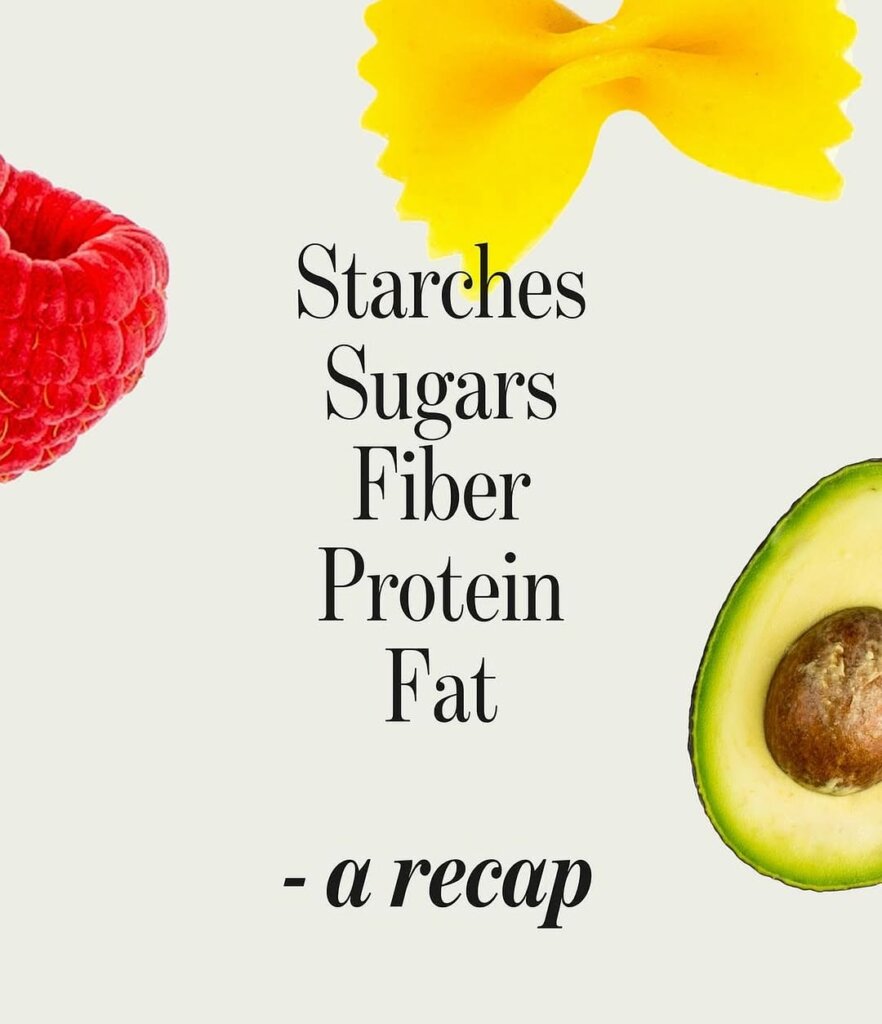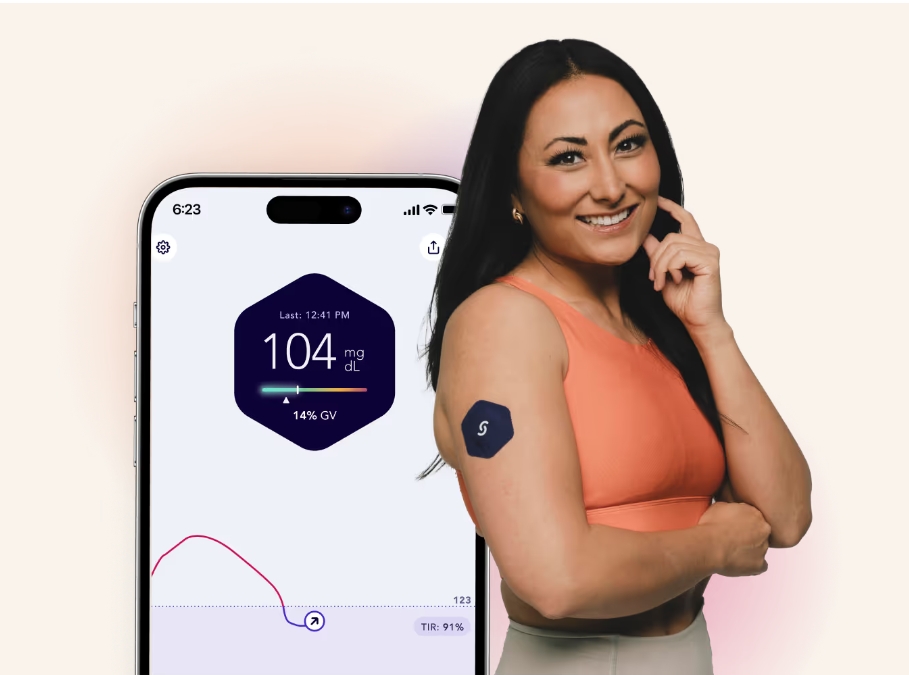In Part 1 of this series, we shared how we discovered that Alzheimer’s isn’t just a memory problem—it’s also a metabolic problem for our mom.
We learned that the more stable our mom’s blood sugar, the sharper she thinks and the more herself she is. When her blood sugar spiked or crashed, she struggled with word-finding, memory lapses, and confusion.
Realizing the profound impact of blood sugar on brain health, we made strategic adjustments to our mom’s diet and lifestyle.
Here’s exactly what we did to stabilize her blood sugar and slow her Alzheimer’s progression even further.
- A carb-heavy breakfast (like toast or cereal) causes a big morning spike, often followed by a crash that leaves you tired or craving more sugar.
- Eating carbs first at any meal floods the bloodstream with sugar, causing a more dramatic spike than necessary.
- Condiments like ketchup, sauces, and salad dressings—all packed with added sugar.
- Flavored yogurts and granola bars that look healthy but are loaded with added sugar.
- Juices and smoothies—even 100% fruit juice caused big spikes because the fiber had been removed.
The CGM helped us spot the sneaky sugars we’d been missing.
Since our mom loves sweets, we had to find ways to keep her happy without the blood sugar spikes.
- Fiber slows glucose absorption, preventing spikes and crashes.
- Higher fiber intake is linked to lower insulin resistance, which means better glucose control.
- A high-fiber diet can help reduce inflammation, a key driver of Alzheimer’s progression.
What We Changed
- Increased fiber intake to 30g daily— helped lower her triglycerides by 105 points!
- Added 100g of protein daily – Protein keeps blood sugar steady and helps prevent cravings for quick-energy carbs.
Best Fiber & Protein Sources We Used
- Fiber: We focus on foods like lentils, chia seeds, flaxseeds, apples, pears, avocados, broccoli, and leafy greens like kale—and supplement with a little Metamucil to reach 30 grams daily.
- Protein: We rely on everyday staples like chicken, fish, Greek yogurt, cottage cheese, and nuts to help reach 100 grams per day.
- Muscles naturally use glucose during exercise, helping to lower blood sugar.
- Even light movement after meals can cut post-meal glucose spikes in half.
What We Did
- After meals, our mom walked on the treadmill for 10 minutes or did 30 squats.
- Since she doesn’t enjoy traditional weight training, we introduced a 10-lb weight vest to help her build muscle.
- Even on foggy days, a short walk helped wake up her brain and boost her clarity.
Small, consistent movement made a big difference—not just in her blood sugar but also in her overall energy and focus.
The More Stable Her Blood Sugar, the More Herself She Is
The biggest surprise in this journey?
Balancing her blood sugar protected our mom’s long-term brain health and improved her current thinking.
- On days when her blood sugar was stable, she was more engaged, more conversational, and more like herself.
- On days when her blood sugar spiked or crashed, her confusion increased, and her energy dropped.
Seeing the direct link between her blood sugar and clarity was the moment we knew we were on the right track.
The One Thing We Wish We Knew Sooner
If we had known our mom’s brain was starving due to a lack of glucose, we would have focused on insulin resistance, diet, and movement first—instead of just memory aids.
By addressing her insulin resistance, keeping her organized for independence, and prioritizing cardio exercise, we’ve slowed her Alzheimer’s progression by three years. It makes us wonder how much more we could have done if we had recognized the signs even earlier.
- Try a CGM for one week – See how your body processes sugar in real time.
- Swap simple carbs for complex carbs – Small, sustainable changes make a big difference.
- Change the order in which you eat your meal —begin with fiber, then protein and fats, and save carbs for last.
- Move after meals – Even a short walk can help regulate blood sugar.
Your brain’s future is in your hands.
Small changes today could protect your memory for years to come.





